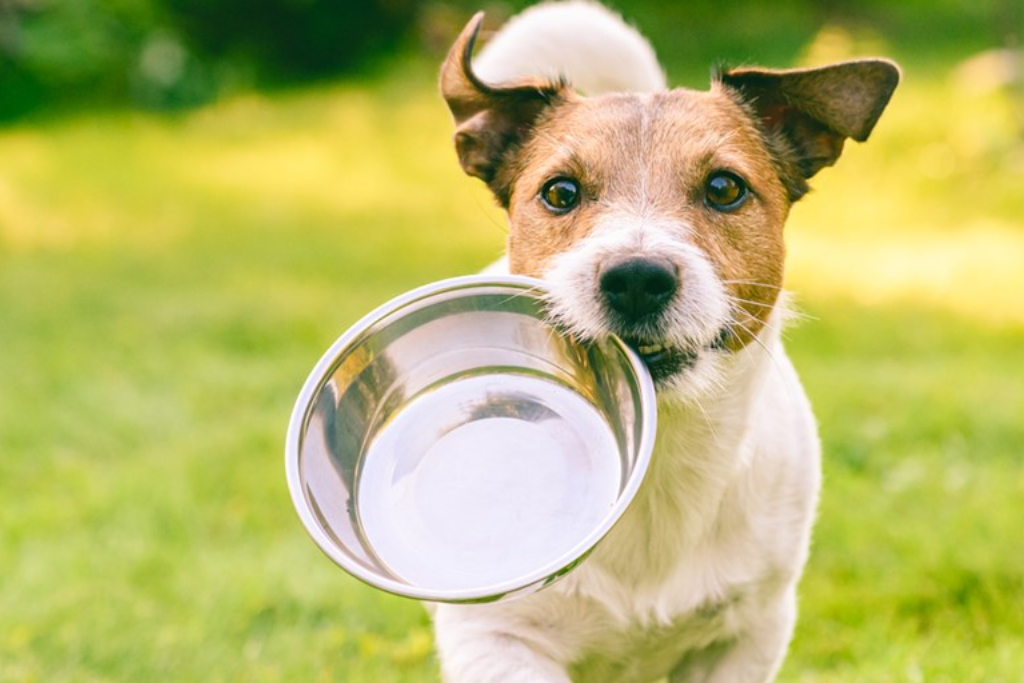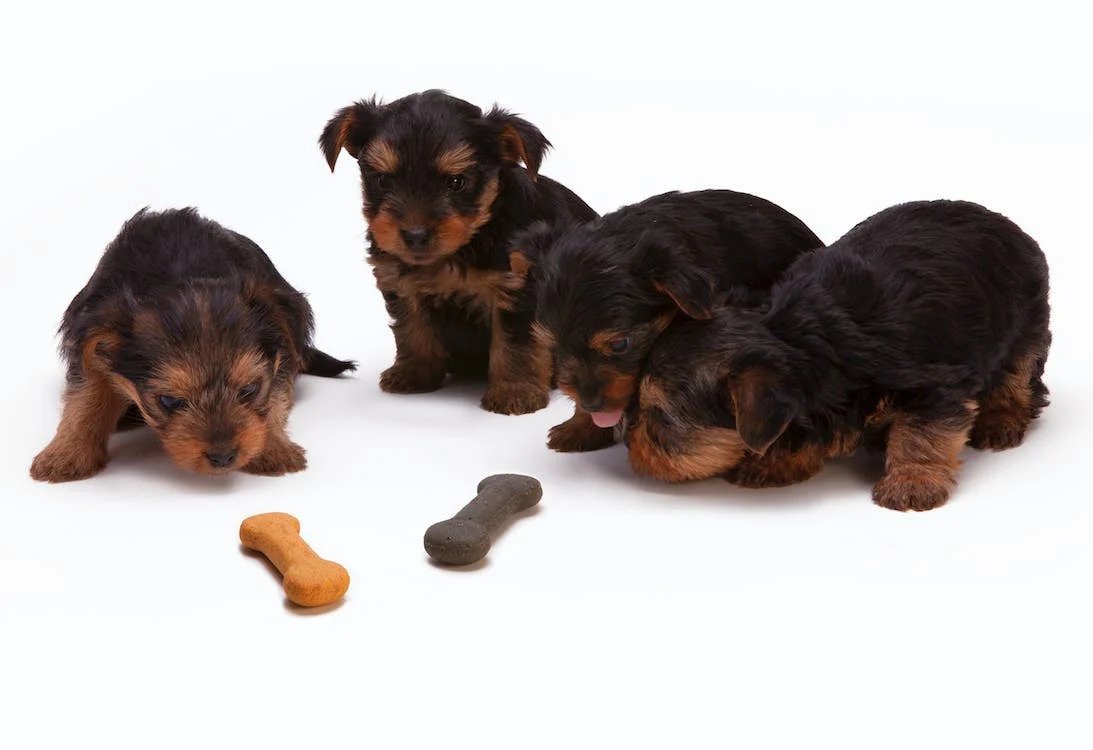Puppies Gear
Copper in Dog Food: Why it’s an Essential Mineral for Your Pet’s Health?
Copper in Dog Food
It is important to ensure that your dog’s diet contains adequate amounts of copper to support the biological processes in their body. In this blog post, we will discuss the benefits of copper, signs of deficiency and toxicity, and how to ensure that your dog is getting enough copper in their diet.
The Benefits of Copper for Dogs:
- Formation of connective tissue
Connective tissue, including cartilage, tendons, ligaments, and skin, is necessary for the proper functioning of several body systems. Copper deficiency can impair the development and maintenance of connective tissue and lead to joint problems, skin disorders, and even bone fractures. - Iron Metabolism
Copper is essential for iron metabolism, as it helps the body absorb and utilize iron. A copper deficiency can lead to anemia, a condition characterized by a lack of red blood cells and a reduced oxygen-carrying capacity of the blood. - Immune Function
Copper-deficient dogs are more susceptible to infections and illnesses, and they have a weaker immune system response. - Energy Production
A copper deficiency can result in hypopigmentation, a condition characterized by the loss of skin and hair color.
Signs of copper deficiency in dogs
Deficiency is rare in dogs, but it can occur if their diet lacks copper or if they have an underlying health condition that affects copper metabolism. Here are some signs of copper deficiency in dogs:
- Anemia
- Bone and Joint Problems
- Skin and Coat Problems
- Reduced Immune Function
Copper-deficient dogs may be more susceptible to infections and illnesses, and they may have a weaker immune system response.
Copper In Dog Food Diets
Most commercial dog foods contain adequate amounts of copper to meet the nutritional needs of dogs. May require a low-copper diet or copper supplementation under veterinary supervision. And most high-quality dog foods list copper as an ingredient and indicate the amount of copper in the food.
Increased Copper In Dog Food
So the question is: Why are pet food makers putting so much copper in their food, and why is it increasing?
There could be several reasons why pet food makers are increasing the amount of copper in their products. By increasing copper levels in their food, pet food manufacturers may be targeting these specific health conditions.
Puppies Gear Interactive Dog Toy

This product can help keep them engaged and entertained while providing mental stimulation, physical exercise, and increased copper in dog food.
Copper Toxicity in Dogs
Symptoms of copper toxicity in dogs can vary depending on the severity of the condition. Mild cases of copper toxicity may result in vomiting, diarrhea, and abdominal pain. In more severe cases, copper toxicity can lead to liver damage, hemolytic anemia, neurological symptoms, and even death.
Excessive copper intake can lead to copper toxicity, a severe health issue that can lead to several health problems, including:
- Liver Damage
- Hemolytic Anemia
- Neurological Symptoms
Copper toxicity can affect the central nervous system and lead to neurological symptoms, including tremors, seizures, and disorientation.
However, some dog breeds may require a low-copper diet or copper supplementation under veterinary supervision. It’s essential to choose high-quality dog food brands that use high-quality ingredients and have undergone quality control measures to ensure adequate copper intake and overall nutritional balance.
If you are concerned about your dog’s copper intake, it’s important to consult with your veterinarian. Regular veterinary check-ups and blood tests can help detect early signs of copper deficiency or excess and allow for early intervention. With proper management and care, you can help ensure that your dog gets the right amount of copper to maintain optimal health and wellbeing.


